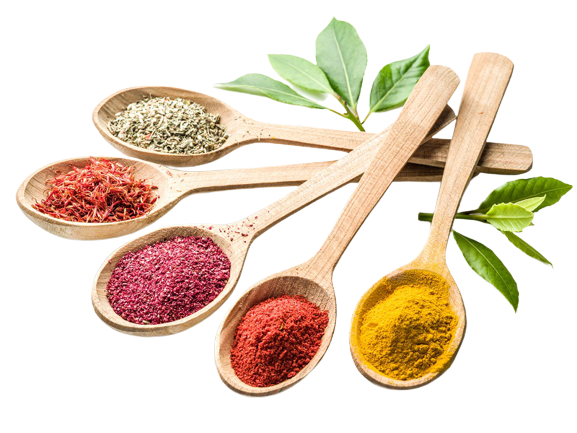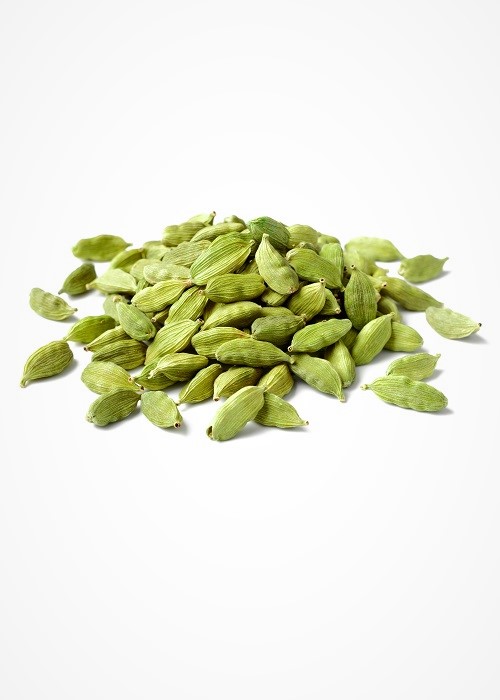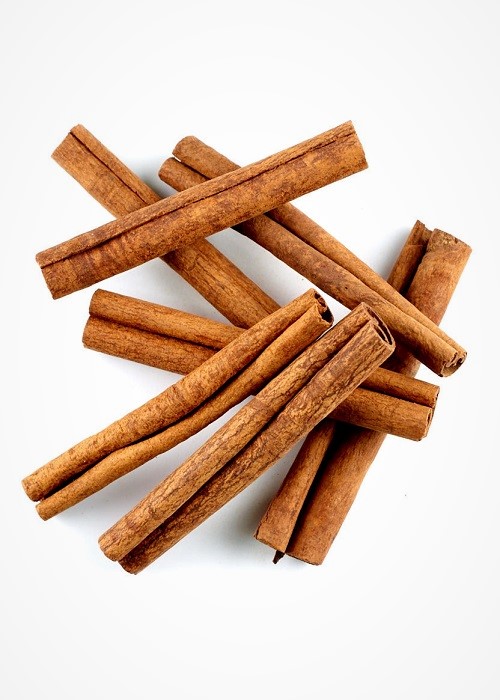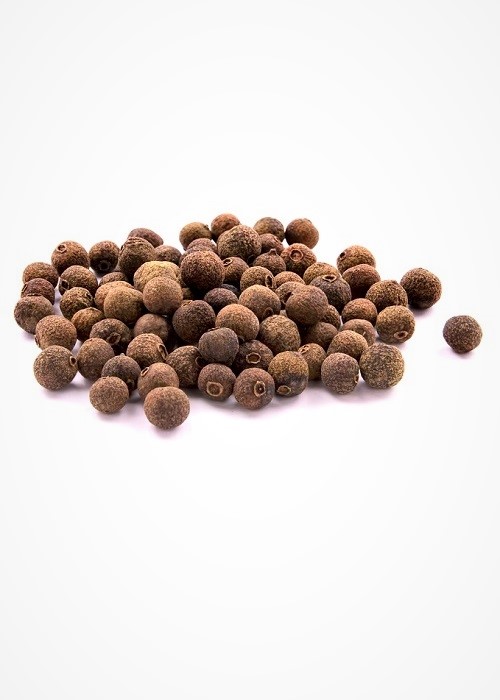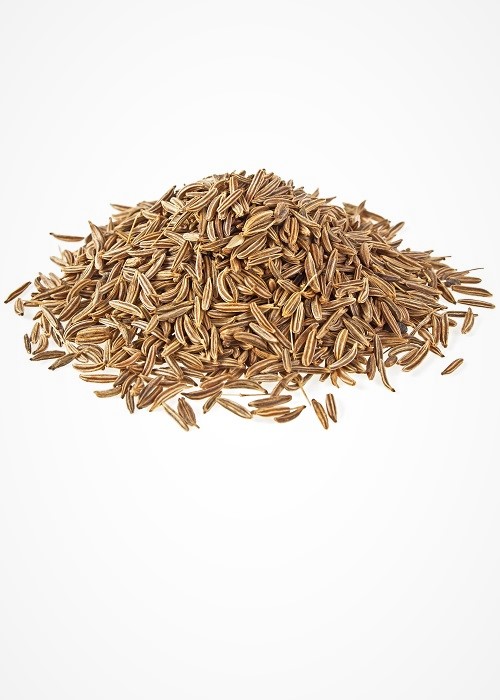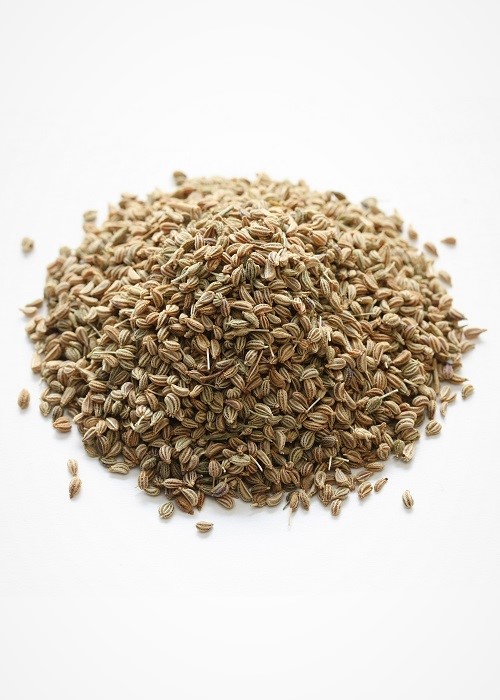Welcome to Pivetco
The history of spices
Pivetco is one of the largest wholesale Spices online portal. Pivetco started in 2022 to finding and talking to wholesalers was a challenge. But we changed it all. Today, you can contact us to direct purchase, find suppliers and browse their inventories with a few clicks.
Pivetco has several features to help attract the interests of wholesale buyers.
The History of Spices
The Rich Taste of All
The history of spices began with the birth of civilization and parallels its development. A spice is a seed, fruit, root, bark, shells, buds, or flower parts of plants that grow in the tropical regions of the world. There are more than 40 varieties, including favorites such as cinnamon, cloves, paprika, pepper and vanilla. Different spices are considered to have originated from different countries of the world. The major spice production is in the tropics from developing and least developed countries.
The spice trade developed throughout the Indian subcontinent. The Silk Road, or Silk Route, a series of trade networks, connected China with the West. The use of spices spread through the Middle East to the Eastern Mediterranean. Europe excavations in the Middle East discovered that thousands of years ago, trade was driven by spices. Some of the spices found could have reached these regions only through trade. The earliest spice crops were cinnamon and black pepper, these became the basis for numerous trade relationships including with the Arabians and the Romans and, eventually, among the world’s most valuable commodities. At one point, in the 1300s, a pound of nutmeg in Europe was more valuable than gold.
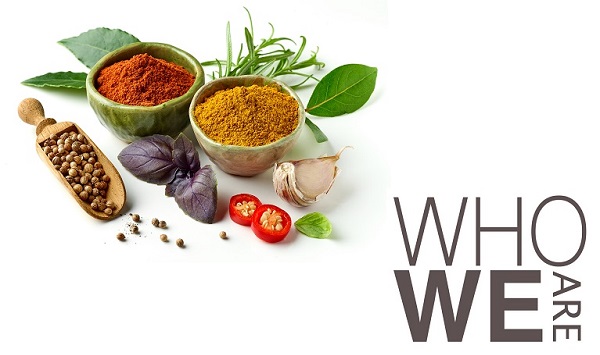
Who We Are
We are a diverse team with unique perspectives. Our purpose, strategy and culture driven by our ambition and the power of spices to drive health progress.
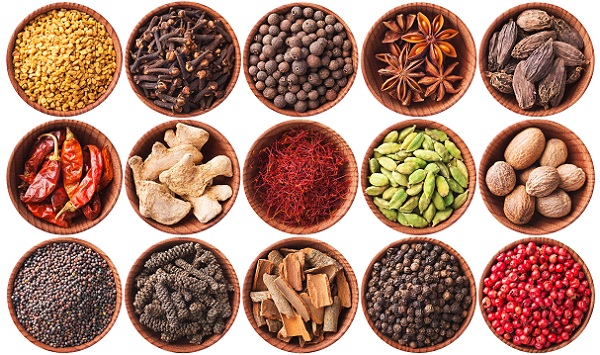
Our Products
Our story began with a belief and a passion: that everybody should have easy access to the best hand picked products anywhere in the world.

How We Work
We are a group or department that uses the vendor’s products. A single user have many option to buy & makes a transaction in support of the Pivetco’s business goals.
The search for a cheaper way to obtain spices from the East led to the great Age of Exploration and the discovery of the New World. European explorers such as Ferdinand Magellan, Vasco da Gama, and Bartholomeu Dias began their long sea voyages to discover a sea route to the sources of spices.
Christopher Columbus searching for a route to India stumbled across the Americas. He returned from the New World, and described to investors the many new, and then unknown, spices available there. The “New World” is a term applied to the majority of Earth’s Western Hemisphere, comprising North and South America and the surrounding waters. According to some geographers, the Western Hemisphere includes portions of Africa, Europe, Antarctica, and Asia.
Portuguese navigator Vasco da Gama sailed to India in 1499. He was the first European to reach India by sea. Da Gama returned from his voyage with a cargo of nutmegs, cloves, cinnamon, ginger, and peppercorns. As soon as the news of availability of spices spread across the world, people boarded their ships and set sail to India.
In the 15th century, the spice trade was transformed by the European Age of Discovery. By this time, navigational equipment was better and long-haul sailing became possible. After Vasco Da Gama, a Portuguese expedition led by Pedro Álvares Cabral in 1501 brought spices from India to Europe for the first time through the Cape of Good Hope. What followed was that over half of the revenues of the Portuguese government came from West African gold and Indian spices. With the discovery of new sea routes, the city of Alexandria in Egypt became the main trading center for spices because of its port. The most important discovery prior to the European spice trade was the monsoon winds.
From 1500 onwards, first Portugal, and then other European powers, attempted to control the spice trade, the ports which marketed spices, and eventually the territories which grew them. India seemed awash with black pepper. Sri Lanka was rich in cinnamon. China and Japan were getting spices like cloves, nutmeg, and mace from India, South East Asia, and the Maluku Islands or the Moluccas in what is today Indonesia – not for nothing were they nicknamed the Spice Islands.
Spices were among the most demanded and expensive products available in Europe in the Middle Ages the most common being black pepper, cinnamon while pepper was the most common spice, the most exclusive was saffron. At various times, the Portuguese, Dutch, French, Spanish, and English established monopolies over various parts of the spice trade. This era saw the formation of trading empires such as the British East India Company.
Leading Wholesale Company
Global Supply Chain
Eco-Friendly & Natural Products
Lowest Price
Never miss any new trending and winning products, stop wasting money and time on bad products.
Product Quality Guarantee
All products are verified, re-checked and inspected to make sure they are of good quality.
Excellent Customer Service
We have a professional customer service team to help you in each and every possible way.
